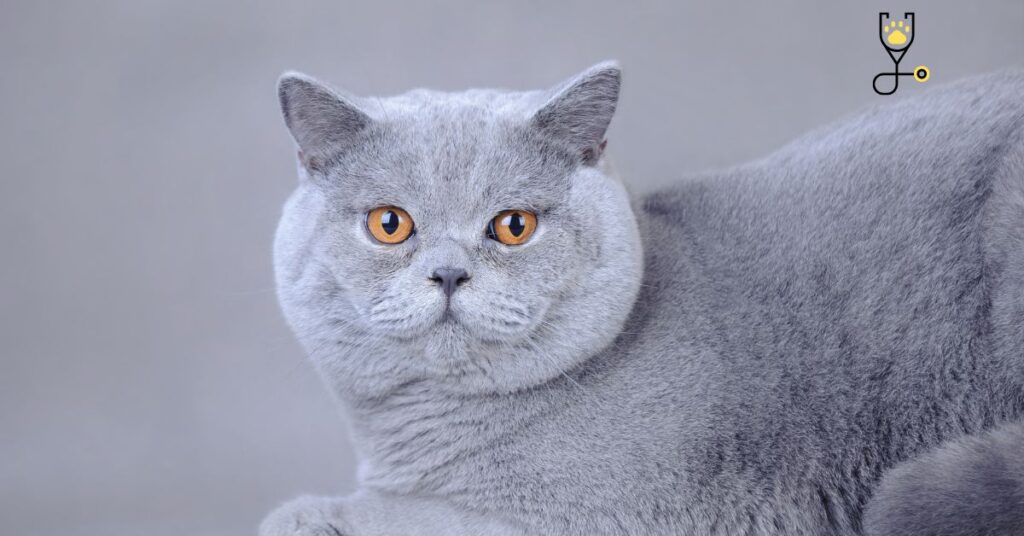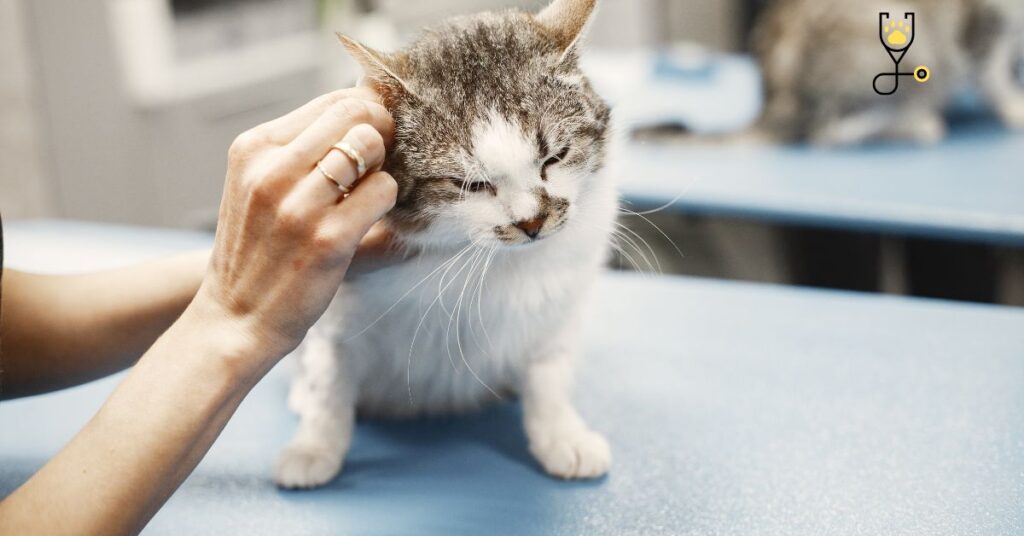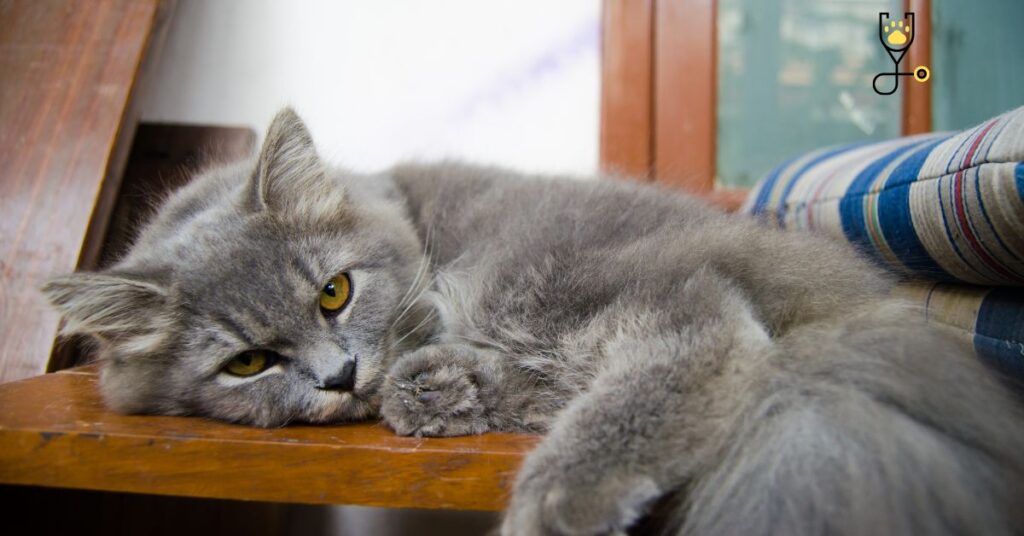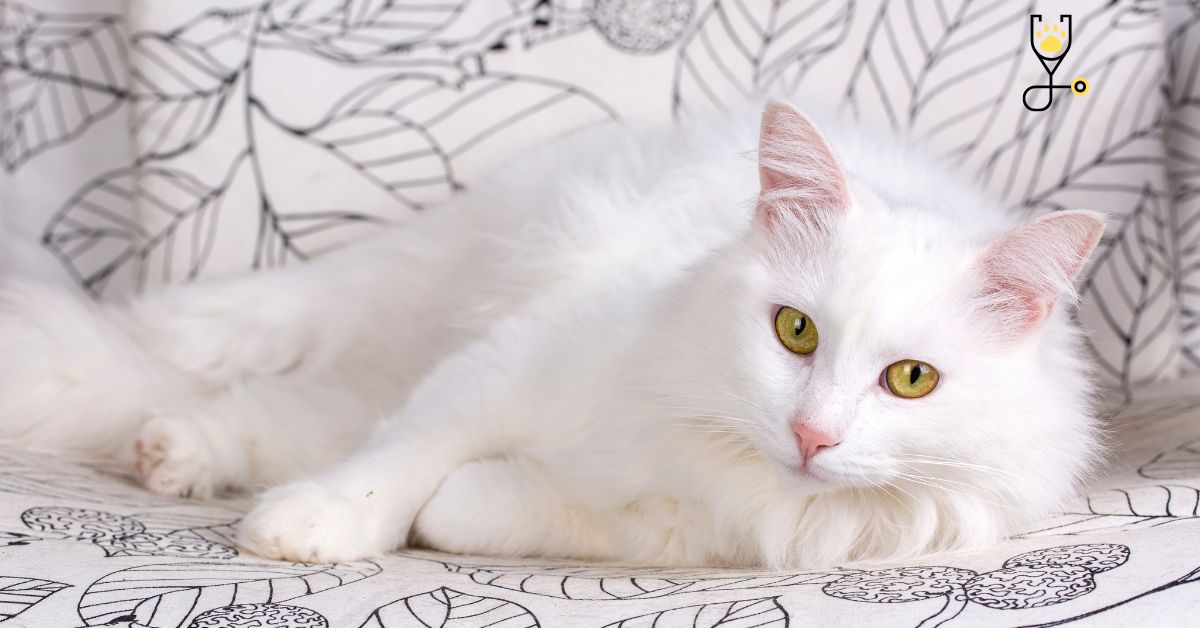Have you ever noticed how your cat’s ears move when they’re communicating with you? Turns out, those cute little movements actually say a lot about how your cat is feeling. In this blog post, we’ll explore the different ways cats use their ears to communicate, and we’ll also look at some of the things that can cause ear movements in cats. So if you want to learn more about what your cat is saying (and why), keep reading!
what do ear movements specifically mean?
1. Forward-pointing ears: If your cat’s ears are pointing forward, it generally means they’re interested in something (or someone). This is often seen in cats who are hunting, or who is playing with a toy.

2. Relaxed ears: If your cat’s ears are relaxed and facing sideways, it generally means they’re feeling comfortable and safe. This is often seen in cats who are sleeping, or who are being petted.
3. Backward-pointing ears: If your cat’s ears are pointing backward, it usually means they’re feeling threatened or scared. This is often seen in cats who are hissing, growling, or about to attack.
4. Flattened ears: If your cat’s ears are flattened against its head, it generally means they’re angry or aggressive. This is often seen in cats who are fighting, or who are defending their territory.
5. Erect ears: If your cat’s ears are standing up straight, it usually means they’re alert and on the lookout for something. This is often seen in cats who are trying to listen for prey, or who are looking for a way to escape danger.
10 Other things that can cause ear movements in cats to include:
There are a few other things that can cause ear movements in cats, including pain, infection, and injury. If you notice your cat’s ears moving in any of the ways described above, it’s always best to take them to the vet to rule out any underlying medical conditions.
1 . Pain: If a cat is in pain, it may start to twitch its ears. This is because the pain is causing the muscles in the ear to contract involuntarily.

2. Infection: If a cat has an ear infection, it may shake its head or scratch its ears frequently. This is because the infection is causing irritation and discomfort.
3. Allergies: Cats can be allergic to many things, including certain foods, pollen, and even the environment. If a cat is having an allergic reaction, it may result in twitching or scratching of the ears.
4. Anxiety: Just like humans, cats can experience anxiety and stress. This can cause them to twitch their ears or shake their head frequently.
5. Ear mites: Ear mites are tiny parasites that live in the ear canals of cats. They can cause irritation, itching, and even pain. If your cat has ear mites, you may notice it shaking its head or scratching its ears frequently.

6. Foreign bodies: If there’s something stuck in your cat’s ear (like a piece of dirt or wax), it may try to shake it out. This can cause the ear to move back and forth involuntarily.
7. Tumors: In rare cases, tumors can develop in the ears of cats. These tumors can cause the ears to move involuntarily.
8. Seizures: Seizures can cause all sorts of involuntary muscle movements, including ear twitching.
9. Nervous system disorders: Certain disorders of the nervous system can cause involuntary muscle movements, including ear twitching.

10. Old age: As cats get older, they may start to experience muscle twitching and tremors. This is normal and nothing to worry about.
As you can see, there are many things that can cause ear movements in cats. If you notice your cat’s ears moving frequently, it’s important to take them to the vet to rule out any underlying medical conditions. In most cases, ear movements are perfectly normal and nothing to worry about. So next time you see your cat’s ears moving, take a moment to think about what they might be trying to say!
Conclusion
As you can see, ear movements can be a great way to communicate with your cat. By paying attention to the way their ears are moving, you can get a good idea of how they’re feeling. In most cases, ear movements are perfectly normal and nothing to worry about. However, if you notice your cat’s ears moving frequently or in an abnormal way, it’s always best to take them to the vet to rule out any underlying medical conditions.
FAQ’s
1. What does it mean when a cat’s ears are flattened against its head?
If your cat’s ears are flattened against its head, it generally means they’re angry or aggressive. This is often seen in cats who are fighting, or who are defending their territory.
2. What does it mean when a cat’s ears are standing up straight?
If your cat’s ears are standing up straight, it usually means they’re alert and on the lookout for something. This is often seen in cats who are trying to listen for prey, or who are looking for a way to escape danger.
3. My cat’s ears keep twitching, is this normal?
There are a few other things that can cause ear movements in cats. If you notice your cat’s ears moving frequently, it’s important to take them to the vet to rule out any underlying medical conditions. In most cases, ear movements are perfectly normal and nothing to worry about.
4. What does it mean when a cat’s ears are pointing backward?
If your cat’s ears are pointing backward, it generally means they’re scared or nervous. This is often seen in cats who are hiding from something, or who feel threatened.
5. Do all cats have different ear shapes?
Yes, all cats have different ear shapes. This is due to the fact that each cat has different proportions of cartilage and muscle in its ears. Some cats have more cartilage, which gives their ears a pointed shape. Other cats have more muscle, which gives their ears a rounder shape.







